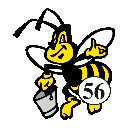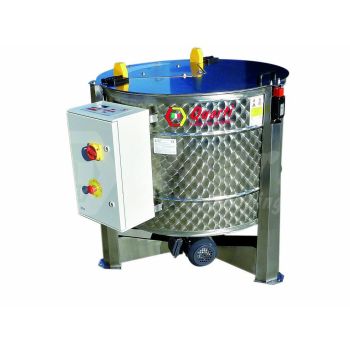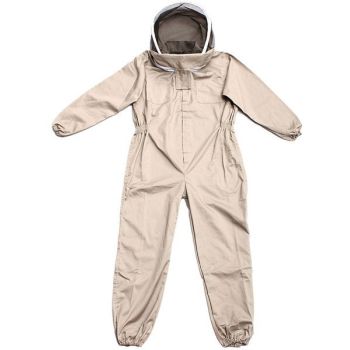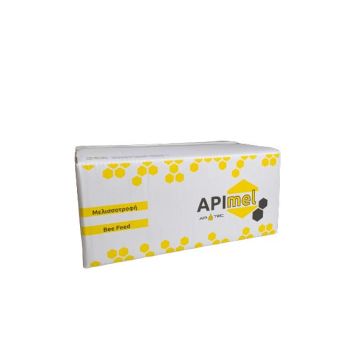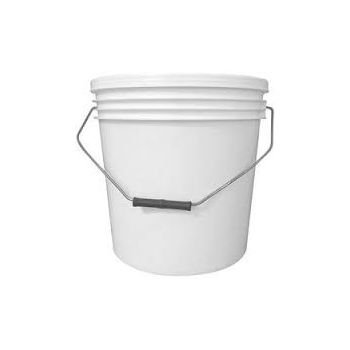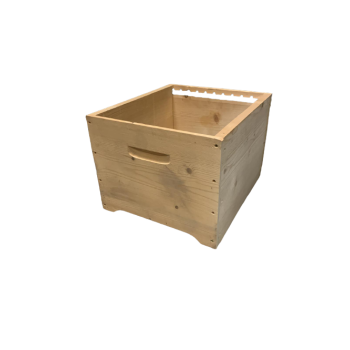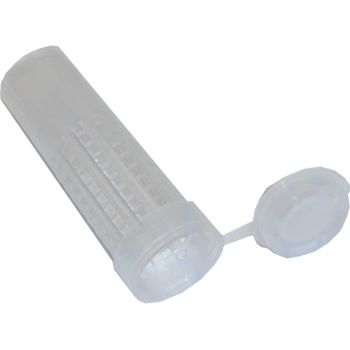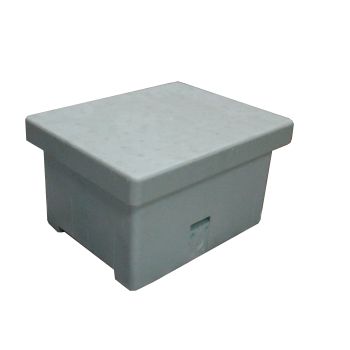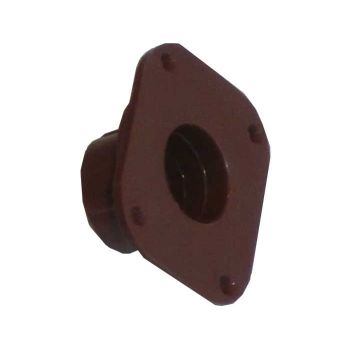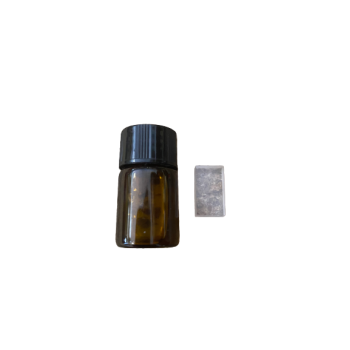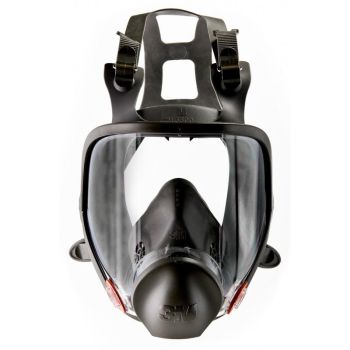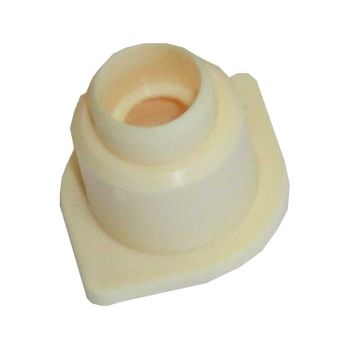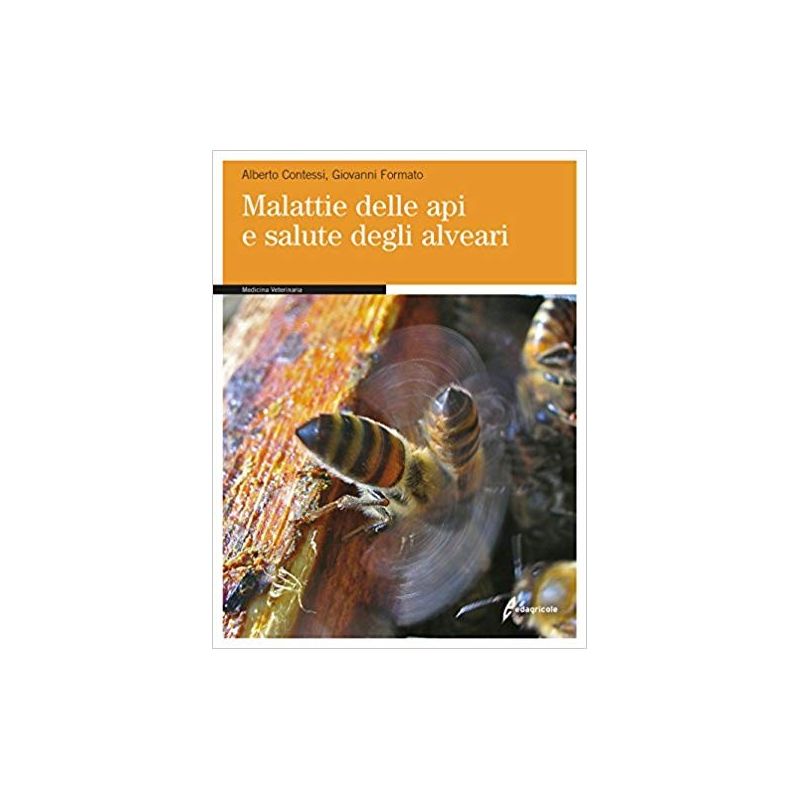
Special Products
€4,350.00Regular price-€450.00€4,800.00Price
Featured Products

€38.00
Tax included
By Alberto Contessi, Giovanni FormatoEdito Edagricole
Environmental changes, the spread of exotic pathogens, the use of agropharmaceuticals and an increasingly hostile environment in general have created a constant emergency situation for bees that must be addressed through proper management and veterinary practices. Knowing how to manage a situation presupposes skills that can be acquired through constant training and updating of those involved. The main aspects of bee biology and pathology, as individuals and especially as Beehives, are clearly and comprehensively addressed in this book. In addition to the traditional subdivision of diseases between parasitic, bacterial, viral and fungal diseases, an attempt has been made to expose the subject matter according to criteria of relevance by taking advantage of new research in etiology and diagnostic techniques. A rich and up-to-date regulatory appendix gives the necessary information on ministerial "Guidelines" and major legislative topics. The authors address the thousands of beekeepers operating in Italy, as well as the many operators of public veterinary services, technical staff and students.
Customers who bought this product also bought:
Polycarbonate lens for good visibility and impact resistance 3M™ Cool Flow™ valve reduces heat and moisture buildup Protection from gases, vapors, and particulate matter Soft, hypoallergenic elastomeric face material Four-strap harness, easy to put on and remove Connects to numerous lightweight double filters STANDARDS: EN 143:2000 EN 136:1998 (Class 1)
€165.00Price
The 2 side Beehives are 10-frame Dadant Blatt, in which live 2 "normal" families with queens, while in the central 5-frame Beehive lives an orphan family which receives from the 2 side families through the partitions formed by queen excluders, abundant young bees to raise royal cells.
€290.00Price
Polycarbonate lens for good visibility and impact resistance 3M™ Cool Flow™ valve reduces heat and moisture buildup Protection from gases, vapors, and particulate matter Soft, hypoallergenic elastomeric face material Four-strap harness, easy to put on and remove Connects to numerous lightweight double filters STANDARDS: EN 143:2000 EN 136:1998 (Class 1)
€165.00Price
The 2 side Beehives are 10-frame Dadant Blatt, in which live 2 "normal" families with queens, while in the central 5-frame Beehive lives an orphan family which receives from the 2 side families through the partitions formed by queen excluders, abundant young bees to raise royal cells.
€290.00Price
